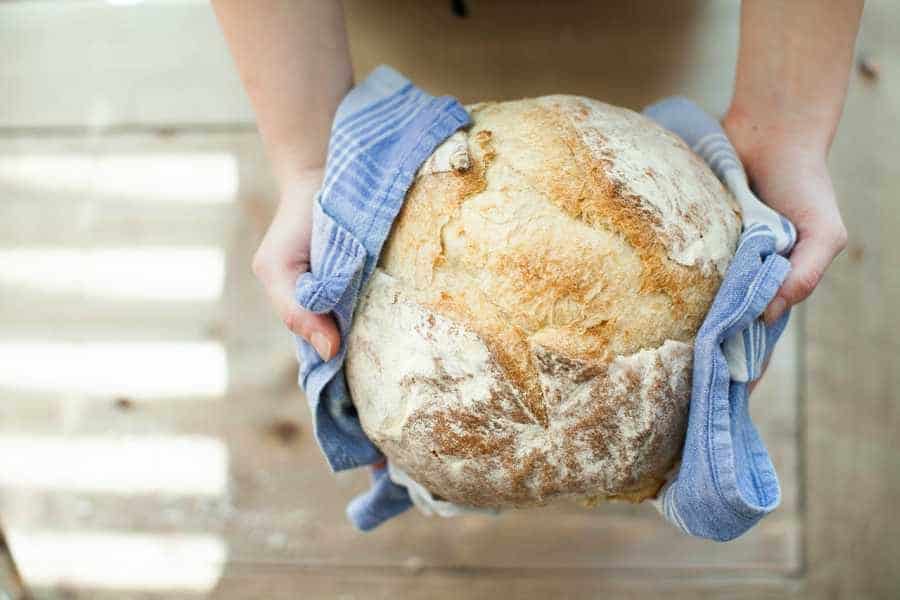Bread In Italy: Tastes And Traditions

You may have heard of some ways that Italian culture differs from the culture of the US, specifically when it comes to food and the ways it is eaten. Italian chefs, in general, are particular about how their food is eaten, even finding the combination of certain types of food distasteful or inappropriate. One such type of food that should be eaten with care in an Italian setting is bread.
Eating Bread Plain
Italy has many types of bread, such as pizza bianca, which is the Southern Italian version of flat, square bread that is sold in pieces at bakeries. Focaccia is the Northern Italian version of this bread, also sold in pieces, and it is sweeter with a softer crust. The consumption of these two types of bread is an exception to one of the cardinal Italian rules about bread, specifically that it should not be eaten alone or while walking around in Italy. This custom arose out of the custom of Italian parents to get their children small pieces of bread while shopping for their bread – people did not end up being upset by a child eating a piece of bread while walking with his parents!
Bread in Italian Restaurants
Although you might be tempted to eat the plain bread that is brought out in a bread basket at an Italian restaurant, that’s not considered polite, nor is it practical. The bread that was brought out is intended to be eaten with other non-starch portions of the meal, as a way of complementing the flavor or soaking up excess sauce. Soaking up excess sauce with bread is referred to as “fare la scarpetta” in Rome, which literally translates to “to do the little shoe.” It’s especially necessary when finishing pasta Amartriciana, which is always heavily sauced. As always, when doing the little shoe in Rome, you should do as the Romans do – if it is a fancy or formal setting and other Italians aren’t using their bread to mop up their leftover sauce, don’t do it yourself.
Bread as a Complement
In addition to pasta Amartriciana (the only kind of pasta bread is typically eaten with), bread is eaten with other courses of the meal. Bread is a good complement to soup or antipasto, and main courses (meat) or vegetable side dishes. Although it may seem odd, it’s actually expected to use bits of bread to help other non-pasta food up onto your fork.
Bruschetta as an Antipasto
The only time that bread is eaten before the main portion is when it is used as an antipasto in the meal. A common usage of bread as an antipasto is bruschetta, which is when the bread is toasted in the kitchen and then drizzled with olive oil and brought to the table. This happens more frequently in home-cooked meals, as bruschetta is considered a casual appetizer and is hard for the restaurant hosts to price.
Differences in Taste
A final important thing to know about eating bread in Italy is not to disrespect it. A lot of bread in Central Italy contains no salt because it is meant to be eaten with salty food. It’s considered rude to complain about that. Stale bread is also supposed to be used in new meals, as opposed to thrown away, as Italy has lived through two world wars and people there do not like wasting food.
If you’d like a taste of Italian bread traditions for yourself, visit Italian Garden, located in downtown San Marcos, TX.

